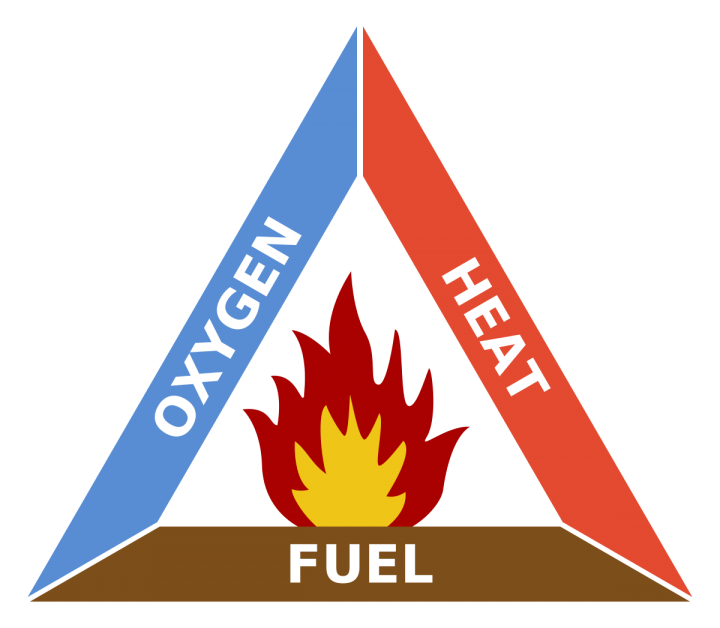CARBON DIOXIDE SENSORS AND FIRE SUPPRESSION
Carbon dioxide (CO2) has been used in fire extinguishers and fire suppression systems for more than a hundred years. In high concentrations it dilutes oxygen, therefore removing one of the three elements of the combustion triangle (the other two being heat and fuel).
It is also cheap, widely available, electrically non-conductive, chemically inert and it leaves no residue. It is the ideal gas for extinguishing certain types of fire.
But (and there’s usually a ‘but’), it can kill you in under a minute.

CARBON DIOXIDE IN A CONFINED SPACE CAN BE FATAL
At the minimum concentration necessary for a total flooding fire suppression system, 34%, carbon dioxide presents an immediate hazard to health. (A concentration of 17% to 30% can rapidly cause unconsciousness, coma and death.) Therefore, a fire extinguishing system that puts CO2 into a confined space presents a high risk of suffocation to anyone in the vicinity.
Statistics show that in the five decades between 1948 and 2000 there were 62 reported fire suppression incidents worldwide resulting in 119 deaths and 152 injuries.
The hazards of gas release from fire suppression systems can be partly mitigated by the installation of a life safety device, typically a CO2 detector and an audio-visual alarm. These provide an early warning of increasing CO2. However, if the occupants or responders are unfamiliar with the dangers of CO2 then they may still be overcome by the gas.
Note also that most incidents are caused by either accidental system activation or maintenance on or near the fire protection system itself. CO2 poisoning during a fire is very rare.
A tragic incident in May 2008, involving a CO2 fire extinguishing system, resulted in the death of a foundry worker at Sheffield Forgemasters. The employee was working in a cellar when the fire system was triggered, quickly flooding the area with CO2 gas.
The UK Health and Safety Executive later concluded that exhaust fumes from a petrol-driven saw used in the cellar may have triggered a smoke sensor. The sensor would then have automatically switched on the fire extinguishing system, quickly filling the area with carbon dioxide.
HALONS
A Halon is a liquefied, compressed gas that stops the spread of fire by chemically disrupting combustion. Halons add a fourth dimension to fire fighting – breaking the chain reaction. It stops the fuel, the ignition and the oxygen from mixing together by chemically reacting with them.
HALONS VS CARBON DIOXIDE
Because of its inherent dangers, CO2 has long been under review as an extinguishant gas for fire suppression systems. It was used exclusively until the late 1960s until it began to be replaced by halons. These became the dominant gases because of their safe exposure levels and cheaper delivery systems, but their success was short-lived.
Newly produced halons were subjected to production and import bans from 1994 due to their destructive effect on the ozone layer. Consequently, CO2 systems have increased in recent years.
Visit our carbon dioxide section or contact us to find out more about our carbon dioxide sensors.
